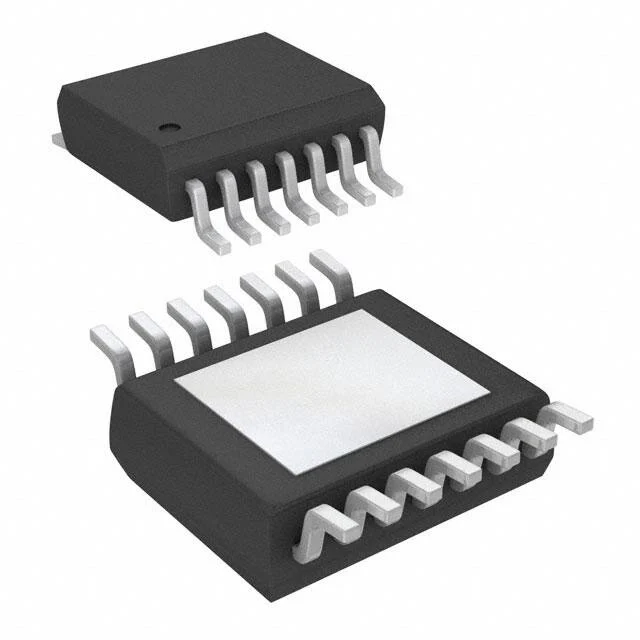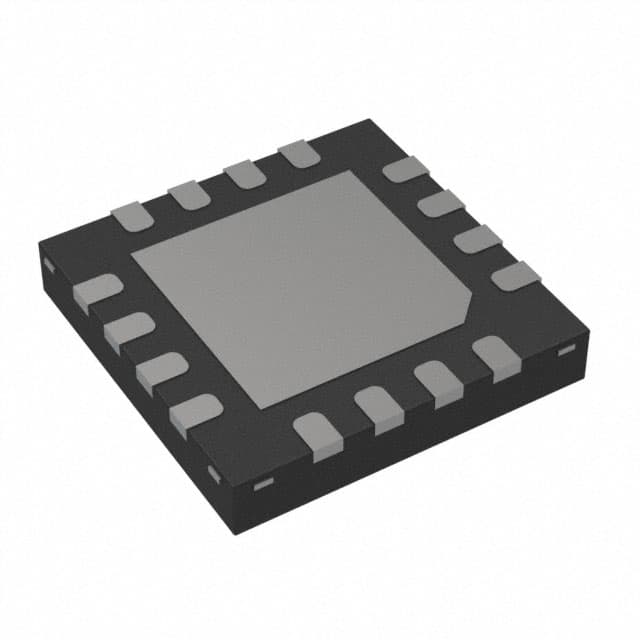Analog Devices Inc./Maxim Integrated DS17485S-5
在庫: 653
MOQ: 1
2 つの価格帯
- メーカー品番 :DS17485S-5
- メーカーです :Analog Devices Inc./Maxim Integrated
- Dasenic # :DS17485S-5-DS
- ドキュメント : DS17485S-5 ドキュメント PDF
- 説明する : IC RTC CLK/CALENDAR PAR 24-SOIC
- パッケージ :-
- 単価: $17.5875合計: $17.59
| 数量 | 単価 | 節約 |
|---|---|---|
| 1-10 | $17.5875 | - |
| 11-1023 | $11.7250 | 33.3% 節約 |
コストと時間を節約するのに役立ちます。
厳格な品質検査と商品の信頼できるパッケージ。
時間を節約する高速で信頼性の高い配送。
365日間の保証アフターサービスを提供します。
Analog Devices Inc./Maxim Integrated DS17485S-5 技術仕様、属性、パラメータ。
カテゴリ:Integrated Circuits (ICs)/Real Time Clocks
製品ステータス:Obsolete
動作温度:0°C ~ 70°C
特徴:Alarm, Daylight Savings, Leap Year, NVSRAM, Square Wave Output
取り付けタイプ:Surface Mount
パッケージ/ケース:24-SOIC (0.295", 7.50mm Width)
タイプ:Clock/Calendar
インタフェース:Parallel
サプライヤーデバイスパッケージ:24-SOIC
メモリサイズ:4KB
電圧 - 供給:4.5V ~ 5.5V
時刻形式:HH:MM:SS (12/24 hr)
日付形式:YY-MM-DD-dd
電圧 - 供給、バッテリー:2.5V ~ 3.7V
現在 - 計時(最大):3mA @ 4.5V ~ 5.5V
EU RoHS ステータス:RoHS Compliant
REACH規則:Vendor is not defined
輸出規制分類番号:Provided as per user requirements
中国の RoHS ステータス:Orange Symbol: Safe for use during the environmental protection period
DS17485S-5 は Analog Devices Inc./Maxim Integrated によって提供されています
1983年に設立されたエンジニアのためのエンジニアリング会社であるMaxim Integratedは、設計の革新を促進するために設計者の最も困難な問題を解決するために存在しています。Maximの幅広い高性能半導体ポートフォリオは、世界クラスのツールとサポートと組み合わされ、効率的な電力、高精度測定、信頼性の高い接続性、堅牢な保護、インテリジェントな処理などの重要なアナログソリューションを提供します。自動車、通信、民生、データセンター、ヘルスケア、産業、IoTなどのアプリケーション分野の設計者は、より小型でスマートで安全な設計を迅速に開発するためにMaximを信頼しています。2021年8月、Analog Devices、Inc.(NASDAQ:ADI)はMaxim Integrated Products、Inc.(NASDAQ:MXIM)の買収を完了しました。
Analog Devices Inc./Maxim Integrated 関連商品のおすすめ
評価とレビュー
Great Product
John D.
Excellent product quality and fast shipping service. Will definitely purchase again!
Good Experience
Sarah M.
Smooth transaction process and responsive customer support. Highly recommended!
Satisfied
Mike R.
Accurate product description and arrived earlier than expected.
製品を評価してください!
アカウントにログイン後、コメントを送信してください。








